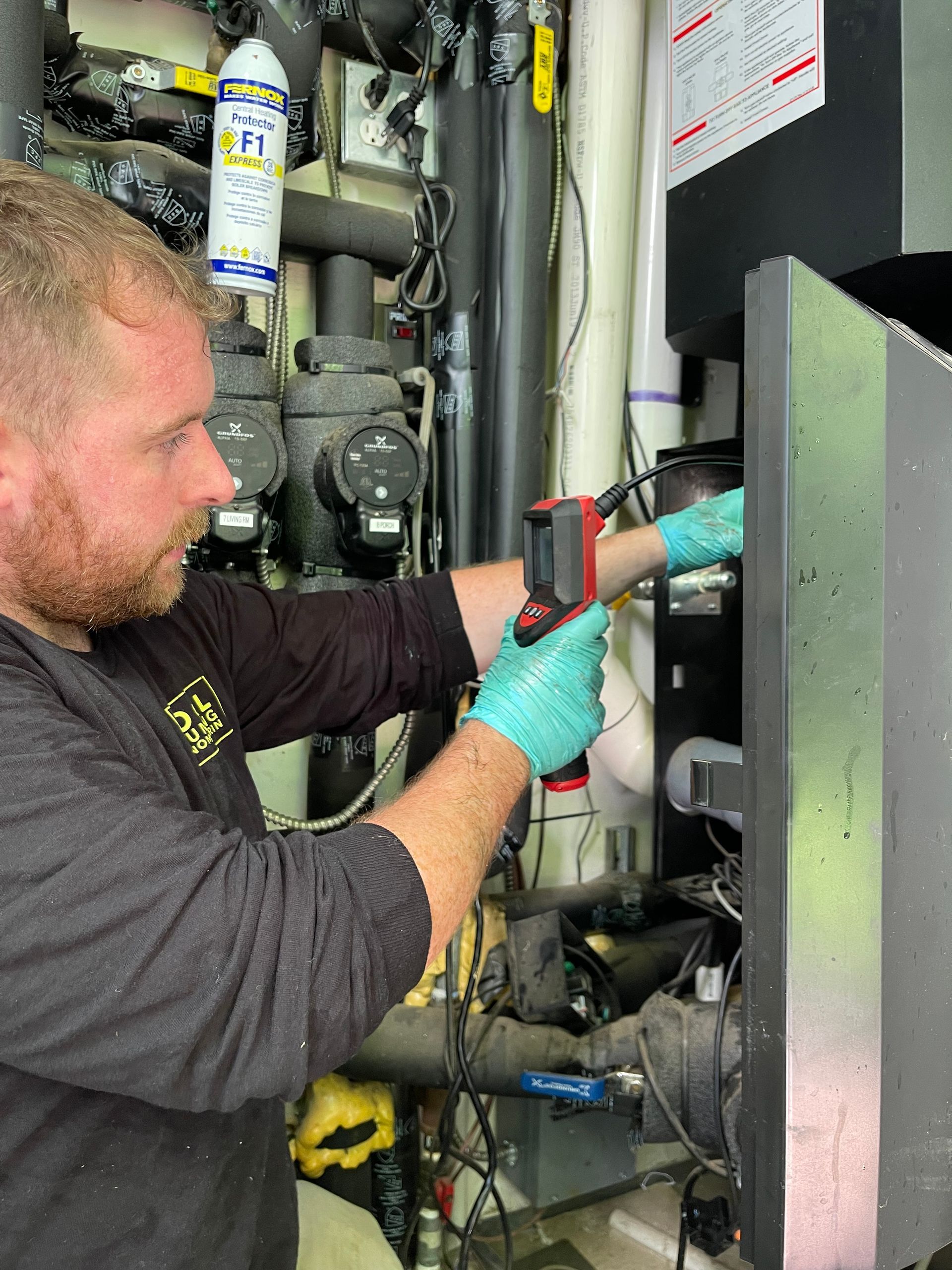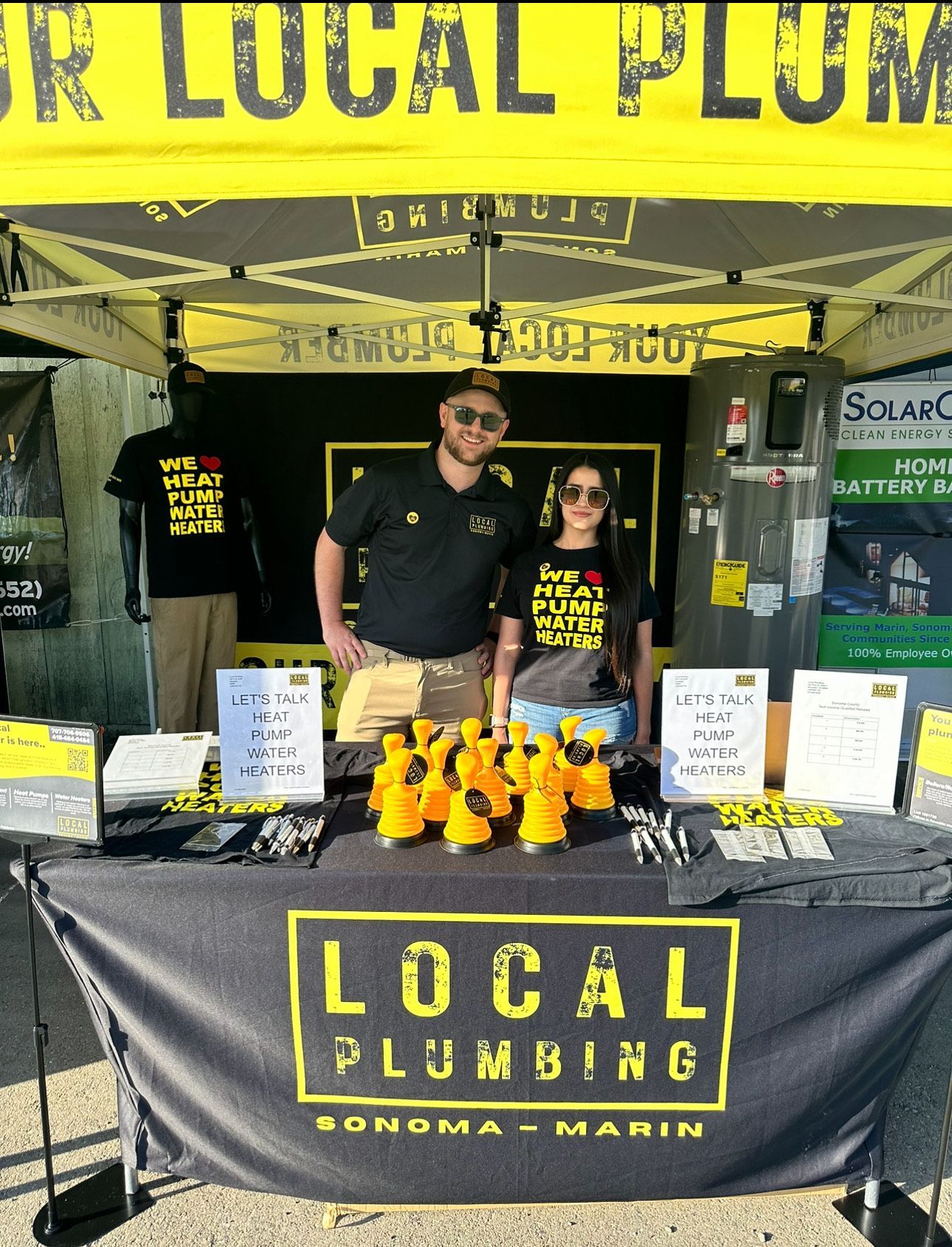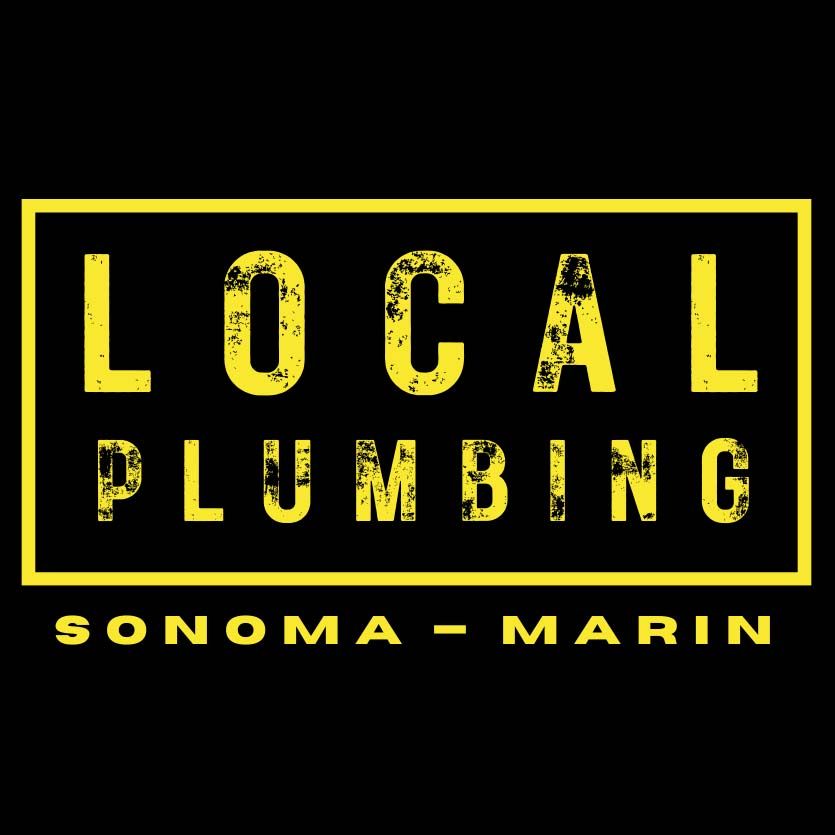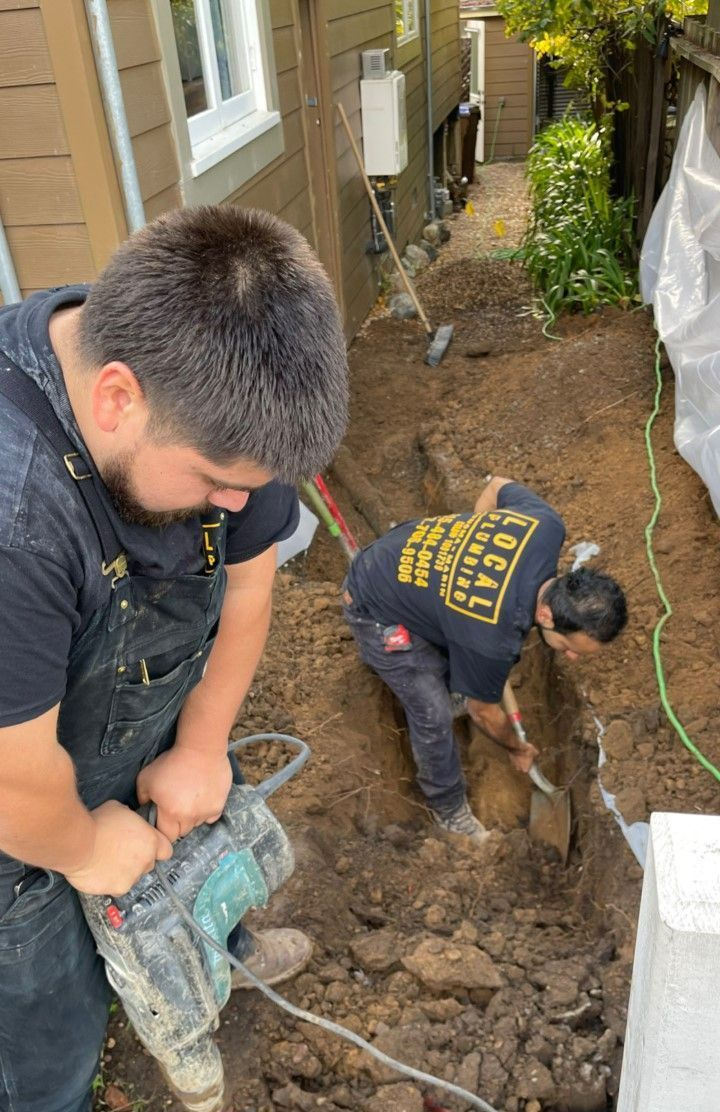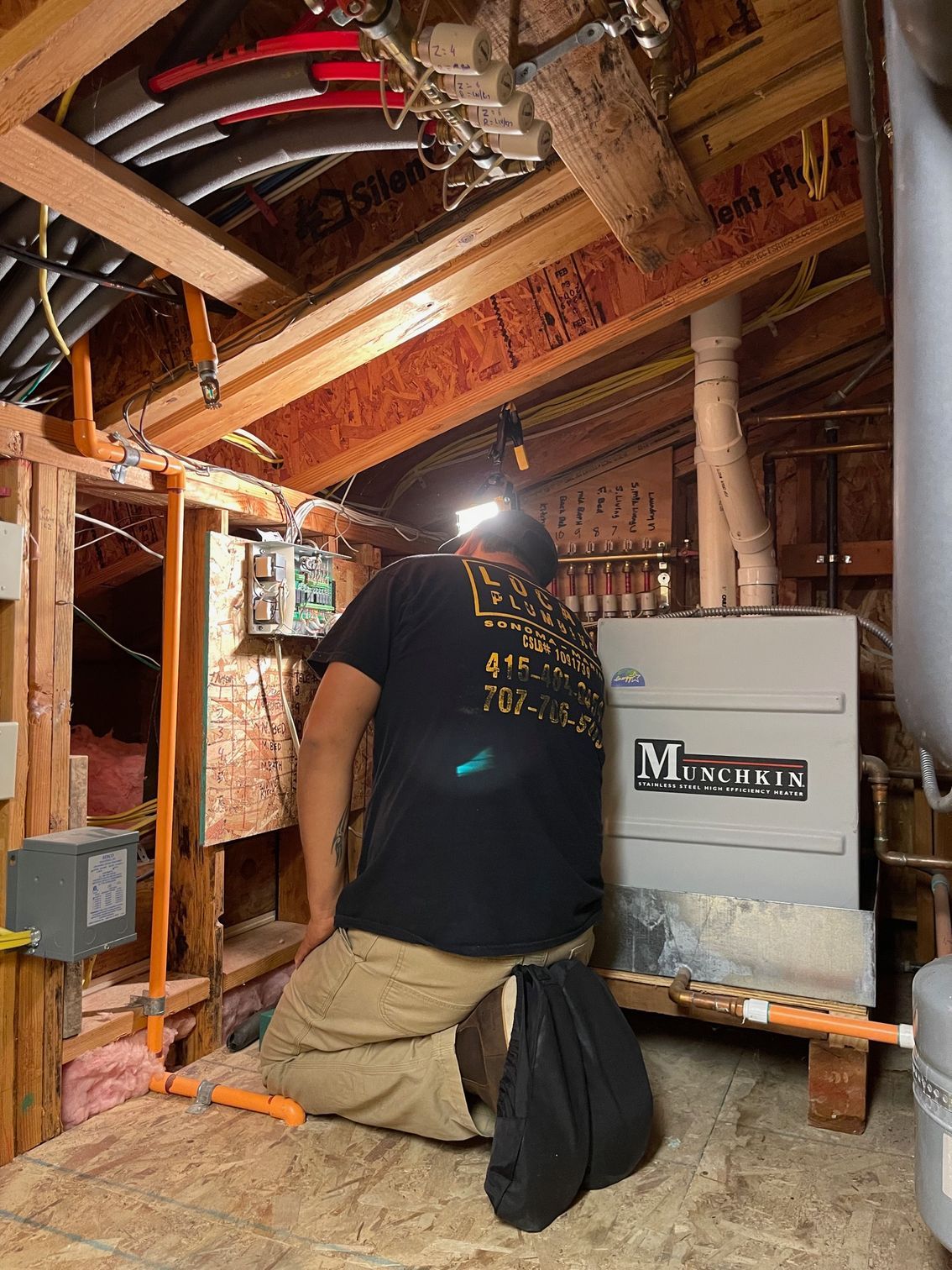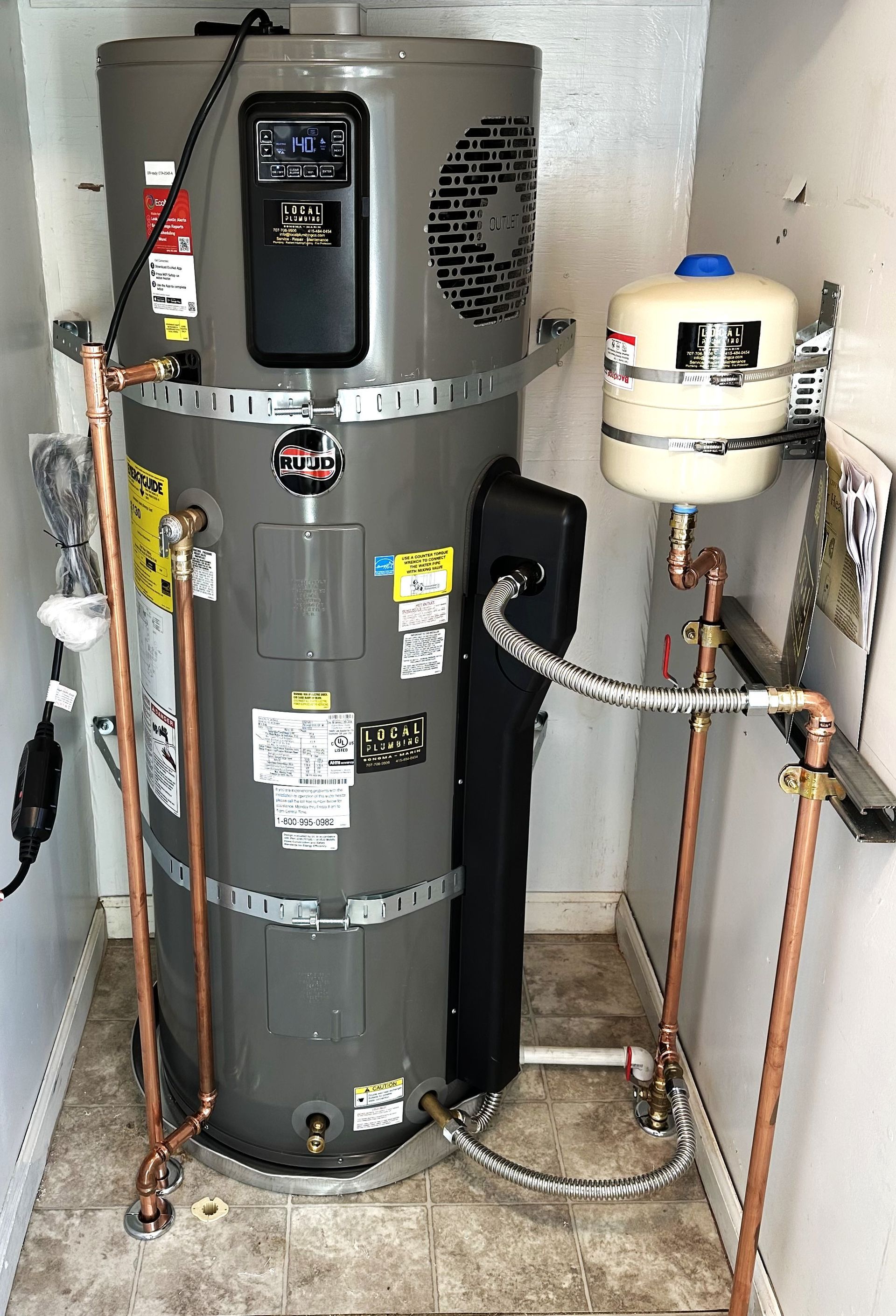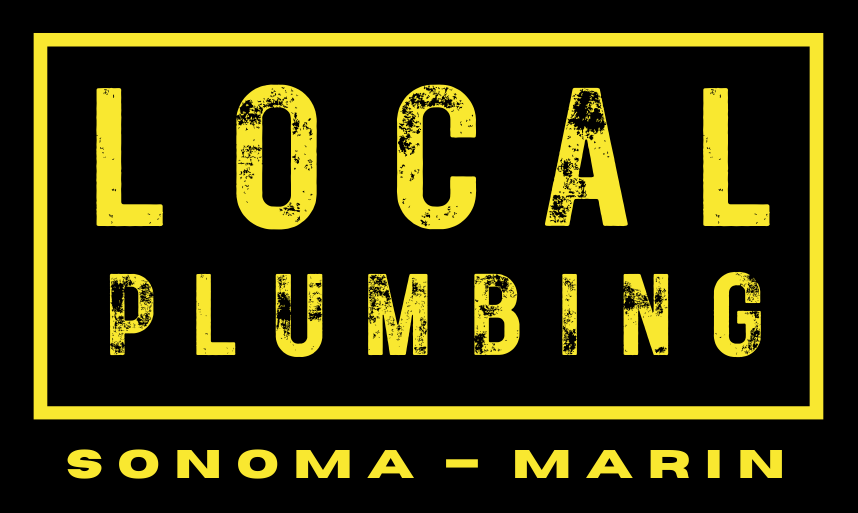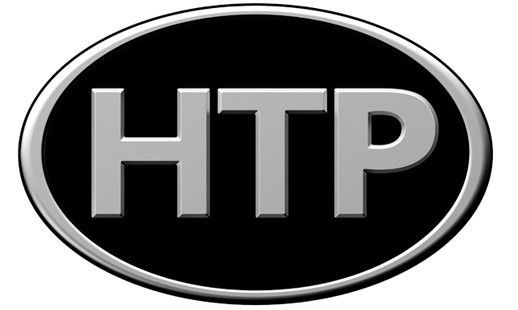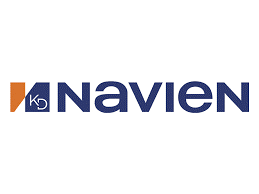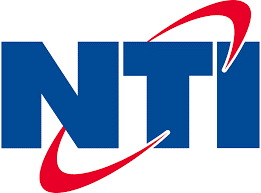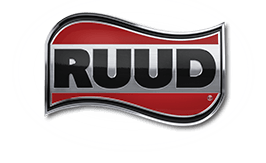5 Essential Plumbing Tips to Keep Your Thanksgiving Running Smoothly
5 Essential Plumbing Tips to Keep Your Thanksgiving Running Smoothly
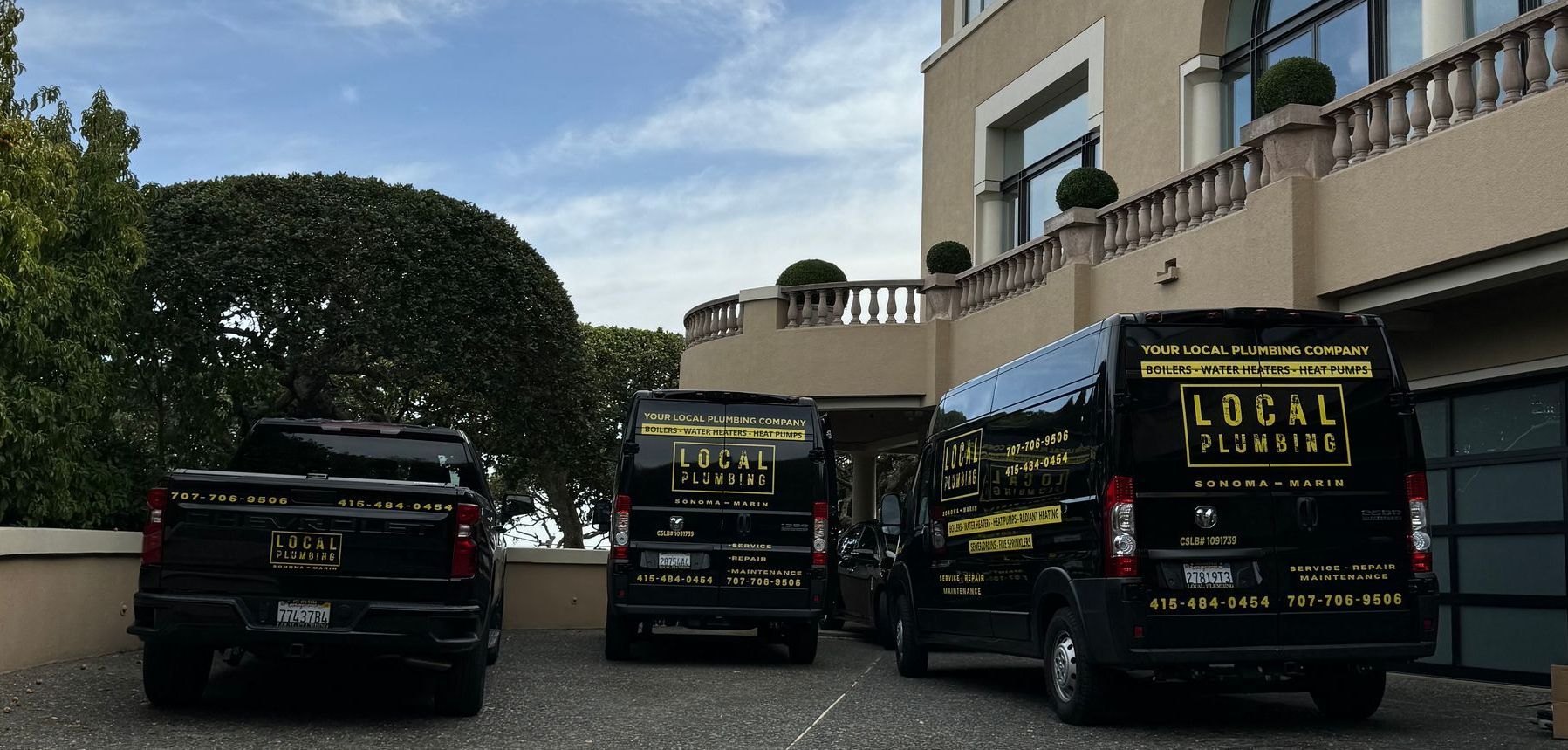
As Thanksgiving approaches, the kitchen becomes the heart of the home, and your plumbing system can feel the strain! From meal prep to cleanup, it’s no wonder Thanksgiving is one of the busiest times of year for plumbers. Avoid plumbing mishaps this holiday season by watching out for these five common plumbing issues.
1. Dispose of Grease and Oils Properly
One of the biggest culprits of Thanksgiving plumbing trouble is grease and oil. Many people pour grease from turkey, gravy, or other dishes down the drain without realizing the potential damage. As grease cools, it hardens, leading to clogs in your pipes over time. Instead, dispose of grease by letting it cool in a container and then throwing it in the trash.
2. Be Mindful of What Goes Down the Garbage Disposal
Your garbage disposal can handle a lot, but it’s not invincible. Avoid putting fibrous foods like potato peels, celery, and onion skins down the disposal, as they can get tangled in the blades. Also, steer clear of starchy foods like pasta and rice, which can expand with water and clog the drain. Encourage guests and family members to scrape plates into the trash or compost bin rather than into the sink.
3. Watch for Slow Drains in the Kitchen
Increased cooking and dishwashing can strain your kitchen sink’s drainage. If you notice water draining slowly, you might have a partial clog. Before the big day, consider using a safe, enzyme-based drain cleaner to keep the drain clear and flowing smoothly. Avoid chemical drain cleaners, which can be harsh on pipes and may cause damage over time. If you’re noticing persistent drainage issues, consider calling a professional plumber for a quick inspection.
4. Check Bathroom Plumbing Before Guests Arrive
With more guests in the house, your bathroom plumbing will be working overtime. Make sure your toilet is flushing properly, and check the sinks for slow drains. Remind guests to avoid flushing anything other than toilet paper, as items like wipes, paper towels, and even facial tissues can cause clogs. Having a plunger handy can help guests avoid embarrassing plumbing issues.
5. Avoid Overworking Your Water Heater
With the holiday rush, your water heater might struggle to keep up. Between cooking, extra dishwashing, and additional showers, it’s working hard to meet demand. Consider turning up the temperature on your water heater slightly (but no higher than 120°F for safety) to accommodate increased usage. A quick water heater checkup is also a good idea to ensure it’s in good working order before the holiday.
Final Thoughts
By taking these preventative steps, you can help keep your Thanksgiving festive and stress-free. However, if you do encounter a plumbing emergency, Local Plumbing is here to help. Our team is ready to handle everything from clogged drains to emergency repairs, so you can focus on enjoying the holiday with family and friends.
Happy Thanksgiving from Local Plumbing!
